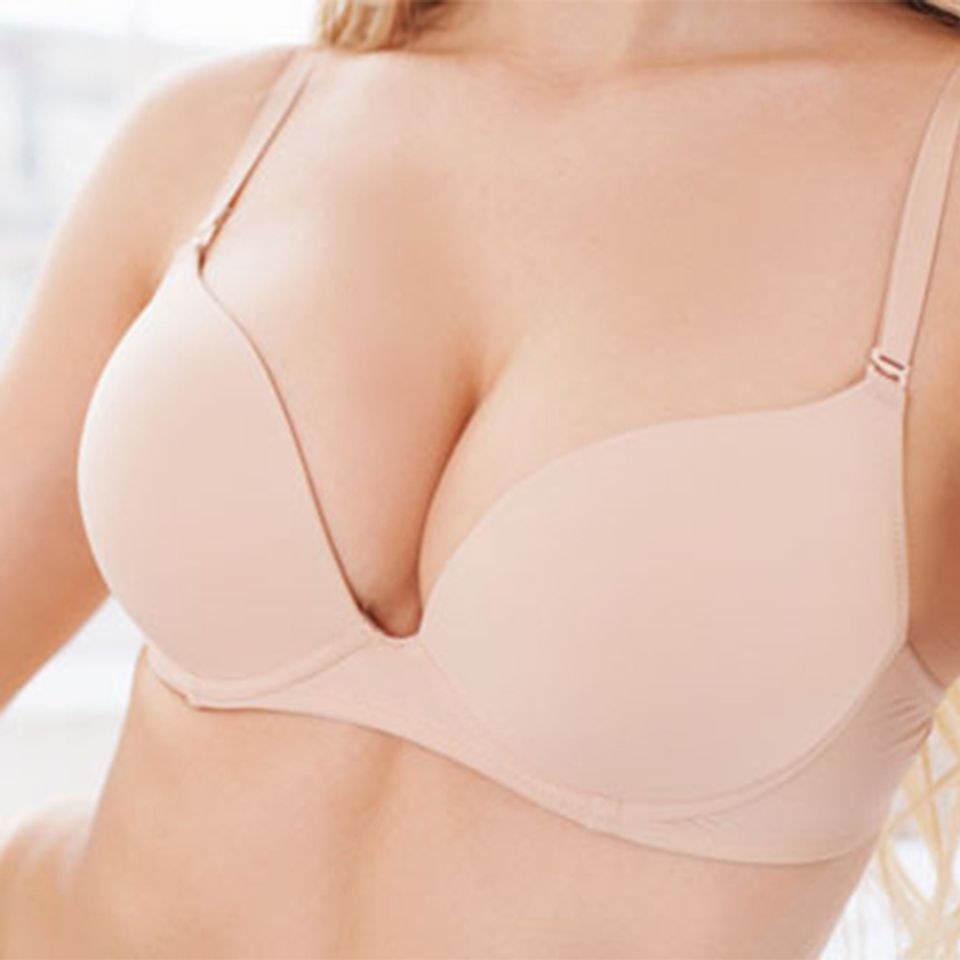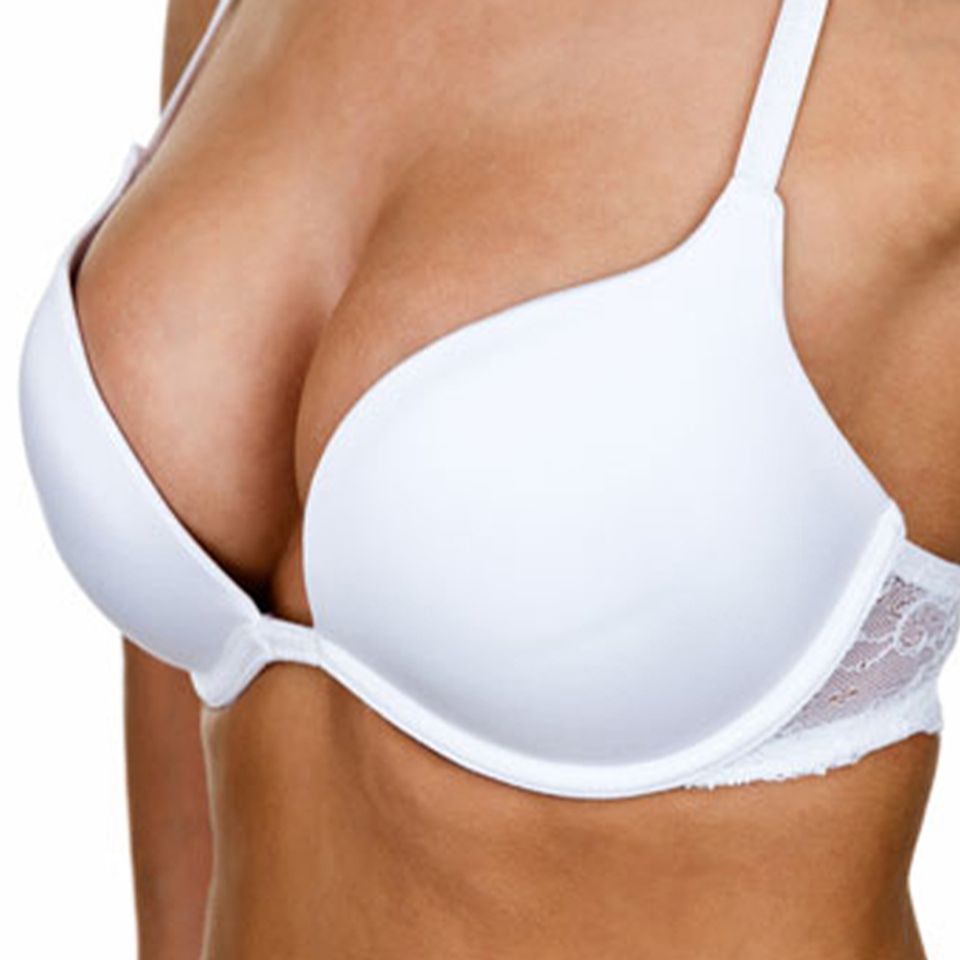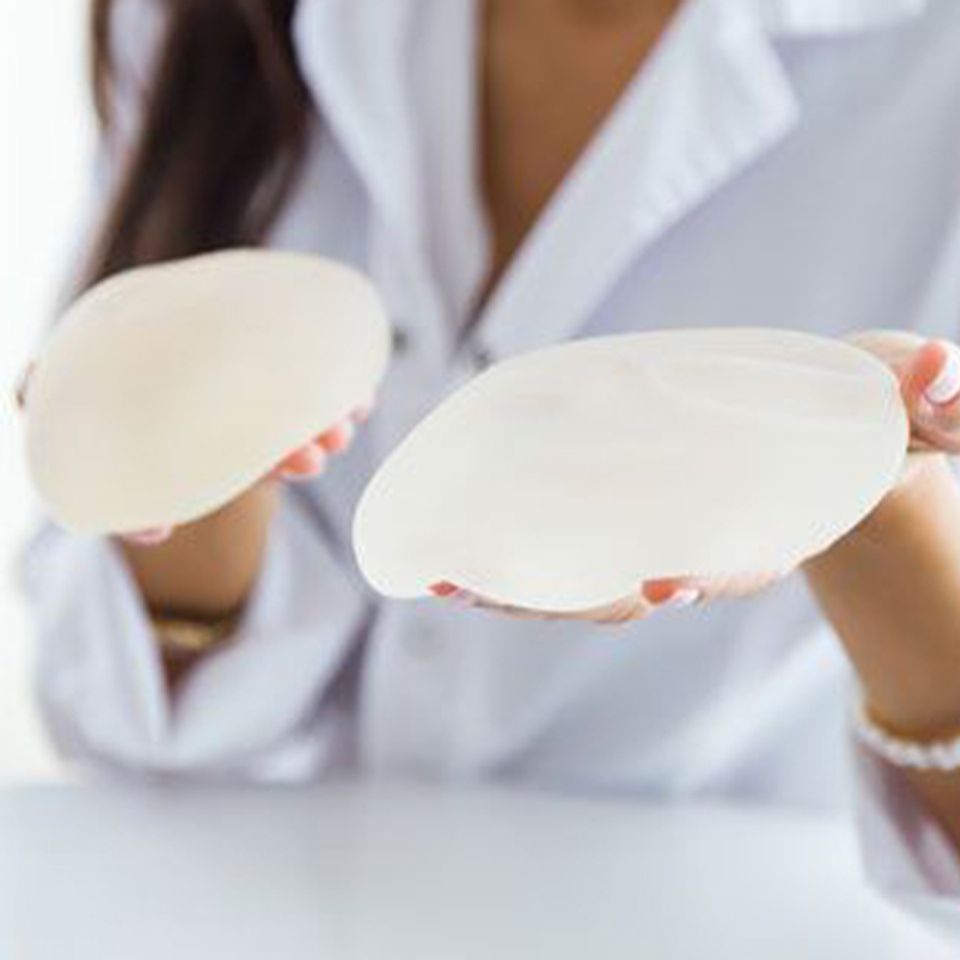Saline Breast Implants
A Picture Is Worth A Thousand Words BEFORE & AFTER GALLERY
Choosing the right implants for you
Patients face many decisions before ultimately choosing breast augmentation surgery. One of the most important is weighing the benefits of saline and silicone implants. Both types of implants have an impressive safety record, come in a wide variety of sizes, and, when inserted by experienced plastic surgeons, help patients achieve youthful, natural-looking breasts.
During a consultation with our team at Nesmith Plastic Surgery Center, patients can discuss their goals and expectations for their breast augmentation, and our plastic surgeons will determine which type of breast implant is right for the procedure. It’s our mission to provide patients with the best experience possible. Contact us today to schedule a breast consultation to discuss your options for breast surgery.
What’s the difference between saline and silicone implants?
All breast implants have a shell made out of an inert polymer called silicone, and the shell surface can be either smooth or textured. Smooth-walled implants roll around subtly in the breast pocket, mimicking the movement of a natural breast, while textured breast implants encourage soft tissue ingrowth into small surface interstices, keeping the implant in place.
The best implant for each breast is carefully selected by a plastic surgeon and matched to the space to achieve the specific goals for each patient. It’s important for patients to understand the difference between saline and silicone implants before undergoing breast augmentation.
Saline Breast Implants
Saline implants, often stiffer than silicone implants, are inserted behind the breast tissue or deflated breast muscle, and then filled with sterile saltwater. While saline implants might feel less natural and leave patients with a water-balloon-type feeling, there are numerous advantages to this type of implant.
Breast augmentations with saline implants result in rounder breasts, which patients who are 18 or older find more desirable — silicone implants are available only to patients 21 or older. Saline implants typically require smaller incisions during surgery and cost less than silicone implants.
Silicone Breast Implants
Silicone implants are the best option for patients wanting to mimic the look and feel of natural breasts after breast augmentation. These implants are pre-filled and have a gummy-like texture. Unlike the heaviness of saline implants, silicone implants are lightweight, much more comfortable, and easier on the back for women who get them.
For thinner patients with less breast tissue, silicone implants look better. Silicone implants are ideal for patients who desire shaped implants, and these implants are less likely to appear rippled. Because of these reasons, many patients prefer silicone implants to saline implants.
What are the risks of breast implants?
Similar to other breast procedures, it’s crucial for patients to be aware of the risks of getting breast implants. Saline and silicone implants pose similar risks, including the following. Contact us to learn more about the risks of breast implants.
- Scarring
- Infection
- Leaking or rupture
- Changes in nipple or breast sensation
- Capsular contracture
- Bleeding
- Persistent pain
- Possibility of revision surgery
- Faulty implant positioning
- Fluid accumulation
What happens if an implant ruptures?
No one wants one of their implants to rupture, but in the event it happens, patients should know what to look out for. The effects of breast implant rupture differ based on the type of implant.
- Ruptured saline breast implant. If a saline implant ruptures, patients will know right away. the implant will deflate — causing the affected breast to change in size and shape. The body will absorb the leaking saline solution without health risks, but patients will probably need surgery to remove the silicone shell.
- Ruptured silicone breast implant. If a silicone breast implant ruptures, patients might not notice right away — or ever — because any free silicone tends to remain trapped in the fibrous tissue (capsule) that forms around the implant. This is known as a silent rupture. Leaking silicone gel isn't thought to cause health problems, but a ruptured silicone breast implant might eventually cause breast pain, breast thickening, or changes in the contour or shape of the breast.
What should I consider before getting breast implants?
Breast implants don’t just change a patient’s appearance. Before undergoing breast augmentation or breast reconstruction, patients should keep in mind other changes that are part of receiving implants.
Depending on the type of breast implants, patients may:
- Require specialized mammograms
- Have trouble with breastfeeding
- Need additional corrective surgeries
- Require frequent MRIs
- Experience possible complications
Learn more about our breast lift procedures.
Learn More
Which type of breast implant is right for me?
Every patient is unique and has individual goals for surgery. The best way to determine if saline or silicone breast implants are the correct choice is by talking with a plastic surgeon. We take into consideration a patient’s wants and needs for the procedure to help them choose the correct type.
At Nesmith Plastic Surgery Center, our team has extensive experience with both saline and silicone implants, so whichever you choose, you’re in the best hands possible. Take the first step to a more beautiful, youthful appearance — schedule a consultation today.
Request A Consultation Today!
Board-certified plastic surgeons

If you are unhappy with your breasts and considering plastic surgery, stop by our office in Gainesville, Florida.

We offer a variety of facial plastic surgery procedures so that you can be happy with the skin you’re in.

We perform body contouring procedures on men and women for a variety of aesthetic and health reasons.










